02 May Make Sure You Are Compensated for Your Loss of Future Earning Capacity
If there is a reasonable offer of settlement, it is often advisable to accept the offer rather than proceed to trial, since trials can be an uncertain and expensive process. However, there are situations where the Plaintiff and Defendant have such vastly different views on a case that a trial is the only way to achieve a fair result. Camilleri v. Bergen, 2015 BCSC 124, is a great example of the Plaintiff and Defendant viewing the case in vastly different ways.
The parties were far apart when it came to what was a reasonable amount of compensation, even though the Defendant had admitted liability for the accident, there were no significant factual disputes in the evidence and there was a large consensus among the medical experts that the Plaintiff was suffering from chronic myofascial pain as a result of the collision. The Defendant believed that compensation between $51,000 and $89,000 would be appropriate, whereas the Plaintiff believed it was closer to $864,000.
The main source of disagreement between the parties was the calculation of the Plaintiff’s loss of earning capacity. The Plaintiff was a clinical dietician who specialized in the treatment of eating disorders. She worked part of the week in a public clinic and part of the week in her own private practice.
As a result of the accident the Plaintiff suffered permanent physical pain and headaches, and she was forced to work fewer hours as a result. The Defendant argued that she had not lost much in earnings since she was making more money than she had prior to the accident.
The Court substantially rejected the Defendant’s arguments, awarding the Plaintiff almost 10 times more than what the Defendant believed was the reasonable level of compensation. The evidence showed that the Plaintiff had a long waitlist of clients and the reason she was making more money after the accident was due the fact that she was now spending more of her time in private practice, where she could charge a higher rate. The Court agreed with the Plaintiff, that if it hadn’t been for the accident she would have been able to work longer hours and see 5 to 10 more clients each week, which represented a significant loss of business over the period of her working life.
Below is a table of the parties positions at trial, and the eventual judgment awarded to the Plaintiff.
| Heads of Damage | Position of the Plaintiff | Position of the Defendant | Judgment at Trial |
| Pain and Suffering | $125,000 | $40,000 to $50,000 | $90,000 |
| Past Income Loss | $62,266.44 | $2,207.97 to $2,406.12 | $45,907 |
| Loss of Future Earning Capacity | $618,552 | $0 to $27,924.44 | $475,000 |
| Loss of Homemaking/Yardwork | $50,000 | $0 | $45,000 |
| Future Care Costs | $unspecified | $0 | $5,000 |
| Special Damages | $9000 (agreed) | $9000 (agreed) | $9000 (agreed) |
| Total | $864,818.44 | $51,207.97 to $89,330.56 | $669,907 |
Loss of future earning capacity can be one of the most important issues to be decided at trial. At Acheson Sweeney Foley Sahota, we are experienced in dealing with ICBC on this issue and we will make sure that you are compensated fairly for your loss.


